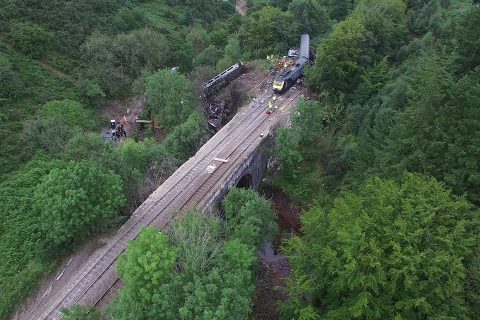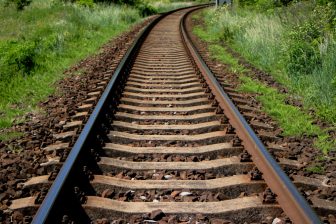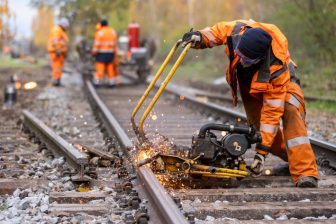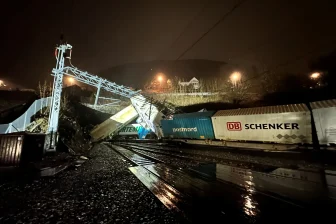
Stonehaven derailment commemorated by one minute silence across UK
Colleagues and commuters across the UK rail network fell silent on Wednesday morning, 19 August, at precisely 09:43. The mark of respect was commemorated the three who died exactly one week previously in a serious derailment near Stonehaven in the North East of Scotland. The three people who died have been named as the driver (Brett McCullough), the conductor operating the service (Donald Dinnie), and a passenger (Christopher Stuchbury).
Want to read more?
You have read all of your free premium articles for this month. Please become a subscriber to keep reading.
Subscribe now!
Take advantage of our exclusive offer to get full access to all premium content.



